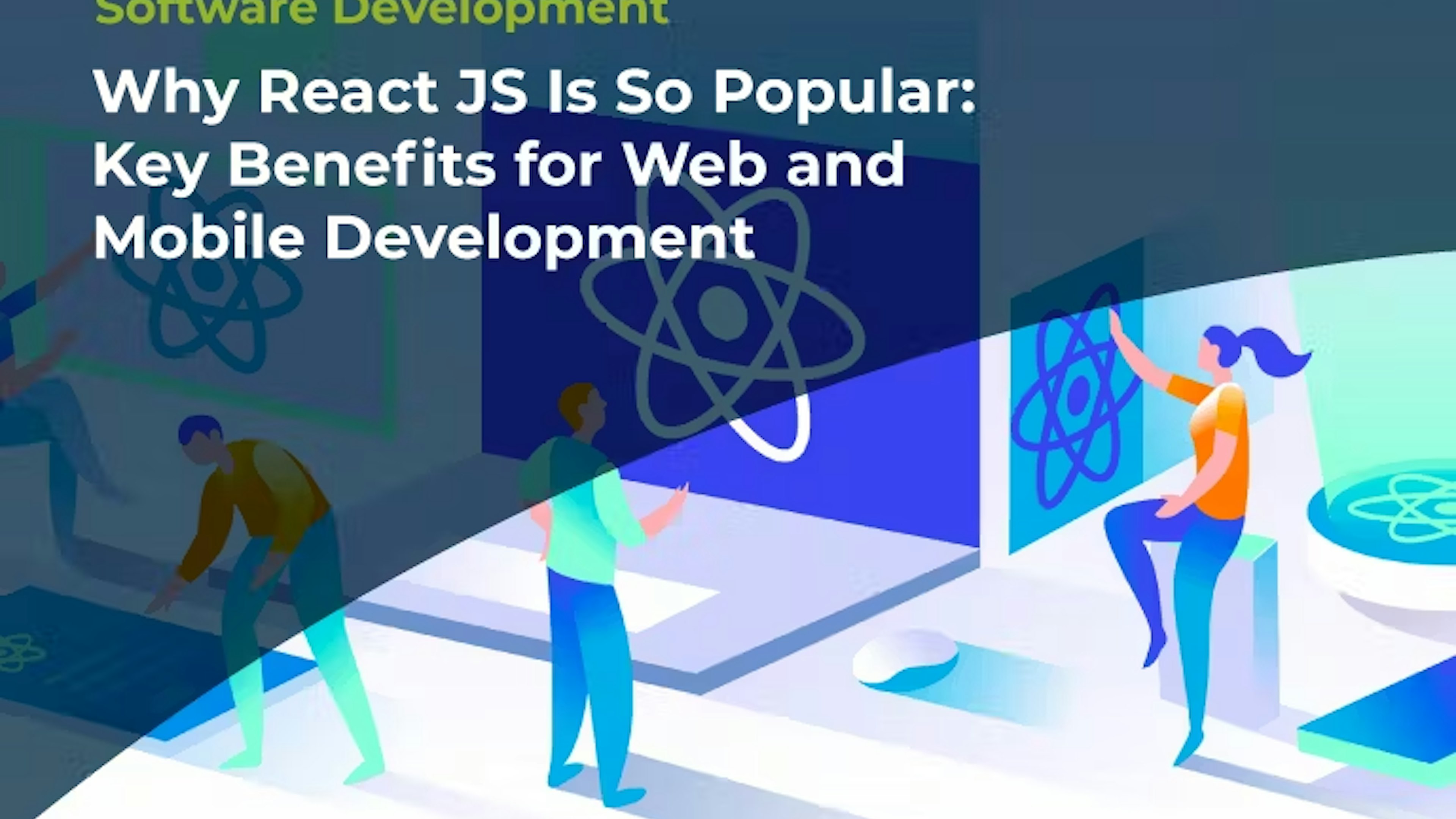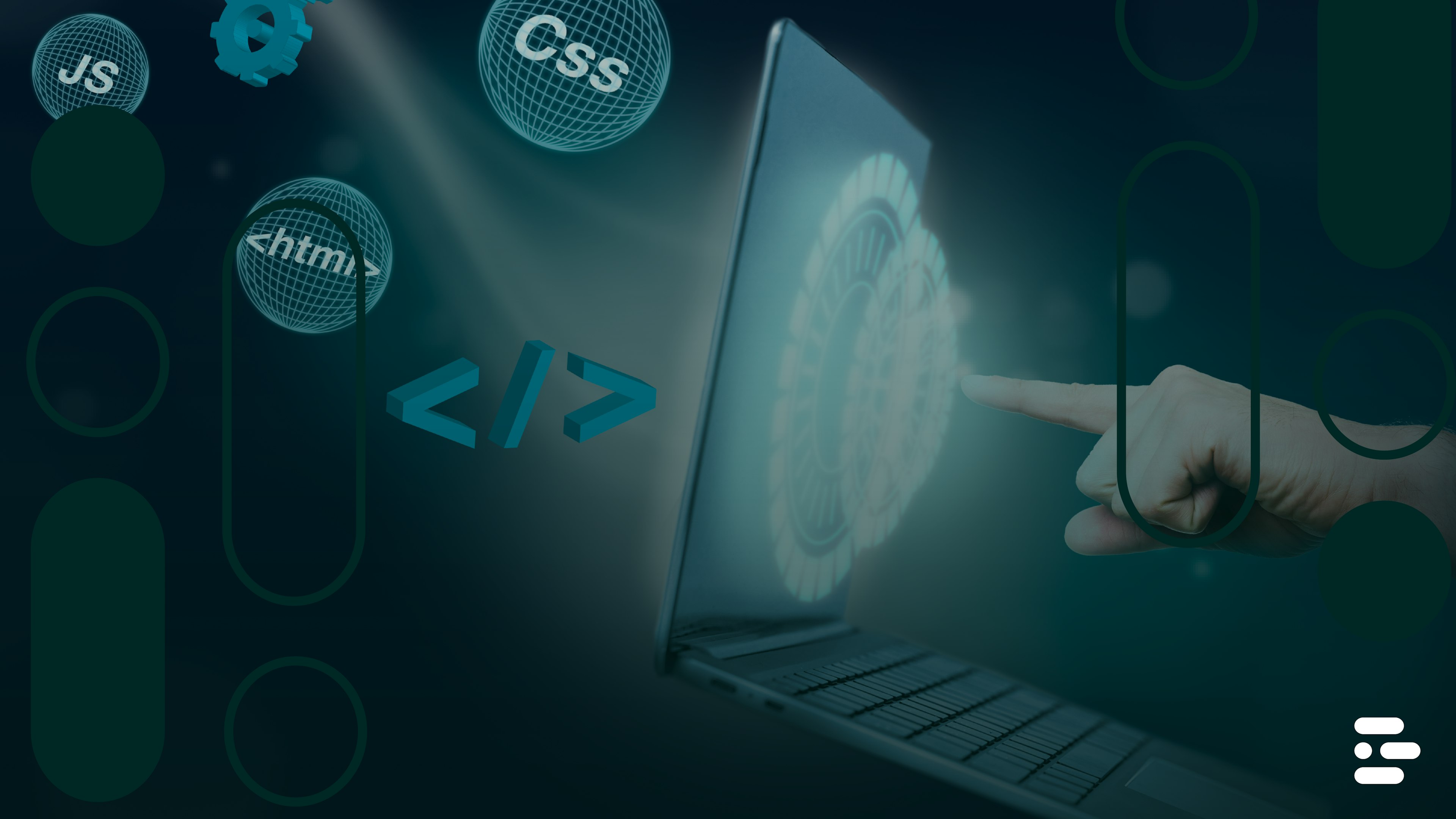AIOps Best Practices for Reducing Downtime and Boosting Observability During Modernization


Digital transformation is no longer optional; it’s a prerequisite for staying competitive in today’s fast-paced business environment. However, modernization doesn’t come without challenges. One of the most critical ones is maintaining operational uptime while navigating increasingly complex IT infrastructures. Enter Artificial Intelligence for IT Operations (AIOps), a cutting-edge solution that brings automation, observability, and proactive issue resolution into IT management.
This blog will explore best practices for leveraging AIOps to reduce downtime and enhance observability during your organization's modernization efforts. By the end, you’ll understand how to utilize AIOps as more than just a buzzword but a strategic enabler for sustainable growth and operational resilience.
The Role of AIOps in Modern IT Operations
AIOps combines machine learning, big data, and behavioral analytics to automate and enhance IT operations. Its ability to detect patterns, predict problems, and optimize workflows allows organizations to effectively manage the complexities of modern IT environments. Whether you're migrating to the cloud, adopting containerized applications, or implementing microservices, AIOps plays an integral role in ensuring a smooth transition.
Why AIOps Matters for Modernization
- Downtime Prevention: AIOps detects anomalies in real-time, mitigating issues before they escalate.
- Boost to Observability: Gain complete visibility into distributed systems with centralized monitoring and intelligent root cause analysis.
- Operational Efficiency: Automation reduces manual interventions, freeing up IT teams to focus on strategic initiatives.
- Cost Savings: Minimized downtime and optimized resource allocation directly contribute to lower operational costs.
Now, let's explore some best practices to unlock the full potential of AIOps during your modernization efforts.
Best Practices for Reducing Downtime with AIOps
1. Establish a Unified Data Pipeline
Modern IT environments generate massive amounts of data from disparate sources such as logs, metrics, and events. To streamline operations, create a unified data pipeline that aggregates and normalizes data from all your systems. With a clean, centralized data source, your AIOps platform can better identify patterns and provide precise insights.
Key tip: Use tools that leverage advanced data catalogs with rich metadata for enhanced semantic understanding of your data.
2. Automate Root Cause Analysis
One of the standout features of AIOps is its ability to perform rapid root cause analysis (RCA). Configure your AIOps solutions to monitor key performance indicators (KPIs) and automatically trace anomalies back to their origins.
For example:
- Scoping event anomalies within seconds using temporal grouping.
- Employing graph analytics to track connections in your architecture that could reveal cascading dependencies causing issues.
This proactive approach minimizes Mean Time to Resolution (MTTR) and prevents prolonged outages.
Suggested Tools and Techniques:
- Implement topology-aware anomaly detection to understand interdependencies.
- Use AI models that specialize in change risk analysis to predict disruptions from configuration changes.
3. Use Intelligent Event Correlation
Effective event correlation is critical for quick problem identification. The best AIOps platforms use machine learning to group related events, eliminating 'noise' and enabling IT teams to focus on actionable insights.
Recommended Configurations:
- Scope-based event grouping to localize issues and track their impact accurately.
- Seasonal event detection to anticipate recurring problems based on historical data.
By creating a system that intelligently correlates events, you can prevent event storms from overwhelming your IT teams.
4. Empower Automation with Runbooks
Runbooks are pre-defined automated workflows that address specific events or anomalies. Start by creating “quick-win” runbooks for frequently encountered issues like server reboots, cache clearing, or load balancing. Over time, expand your library to include more complex workflows, integrating third-party solutions (e.g., ticketing systems) for streamlined resolutions.
Quick Tips:
- Configure runbooks for recurring anomalies using historical event data.
- Leverage tools like REST Observers to dynamically process and feed topology data into automation scripts.
Automation isn’t just about efficiency; it’s about preparedness.
5. Leverage Predictive Analytics for Maintenance
Relying on reactive maintenance strategies is a thing of the past. Use predictive analytics to anticipate infrastructure failures before they occur.
Examples include:
- Using time-series performance metrics combined with machine learning to forecast when server capacities will max out.
- Identifying hardware components likely to fail based on historical wear-and-tear patterns.
Predictive maintenance reduces downtime, improves equipment reliability, and dramatically extends lifecycle durability for critical systems.
Visualization Example: Use dashboards that display predictive markers such as CPU usage trends and disk write rates.
Boosting Observability with AIOps During Modernization
1. Optimize Observability with Contextual Data
Observability isn’t just about monitoring; it’s about understanding. Configure your AIOps ecosystem to ingest contextual data such as application architecture, dependency maps, and user behavior patterns. The higher the quality of contextual data fed into your system, the better its insights.
- Topology Insights: Analyze how components interact to identify potential bottlenecks.
- User Journey Analytics: Understand how application behavior impacts end-user experiences.
2. Implement End-to-End Dashboards
Design comprehensive dashboards that support real-time and historical analysis across distributed environments. Advanced visualization tools can help your IT operations teams track KPIs such as latency, error rates, and throughput over time.
Example Dashboard Metrics:
- Response times segmented by service level
- Real-time network traffic flow across edge and cloud systems
- Financial impact analysis of system downtime
Dashboards should centralize data while remaining flexible enough for different audiences—from IT specialists to business executives.
3. Increase Edge and Endpoint Observability
With distributed computing environments gaining prevalence, ensuring observability at the edge has become indispensable. Utilize lightweight agents to monitor resource constraints and traffic anomalies across endpoint devices.
This is especially useful for hybrid cloud or edge setups where data flow is more fragmented.
Moving from Observability to Action
Observability powered by AIOps lays the foundation for transforming IT operations from reactive to proactive. But the ultimate goal is to shift from proactive to autonomous, where certain tasks can be fully handled without human intervention. For example:
- Autonomously isolating and resolving high-risk server activities triggered by AI-powered incident remediators.
- Leveraging federated learning techniques to train models securely across hybrid architectures without compromising privacy.
Call to Action
Digital transformation is no longer a competitive advantage; it’s a necessity. With AIOps, organizations are not just modernizing but future-proofing their operations. By implementing the best practices outlined above, you’ll not only minimize risks but significantly boost productivity, scalability, and customer satisfaction.
Want to see how AIOps can revolutionize your IT operations? Check out our blog, "How to Use AI and Cut Modernization Timelines by 70%," to discover tailored solutions that align perfectly with your business goals.
Subscribe to our newsletter
Stay informed with the latest insights and trends in the industry
You may also like


